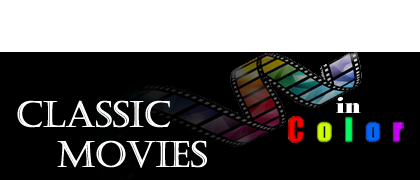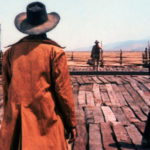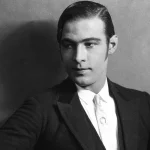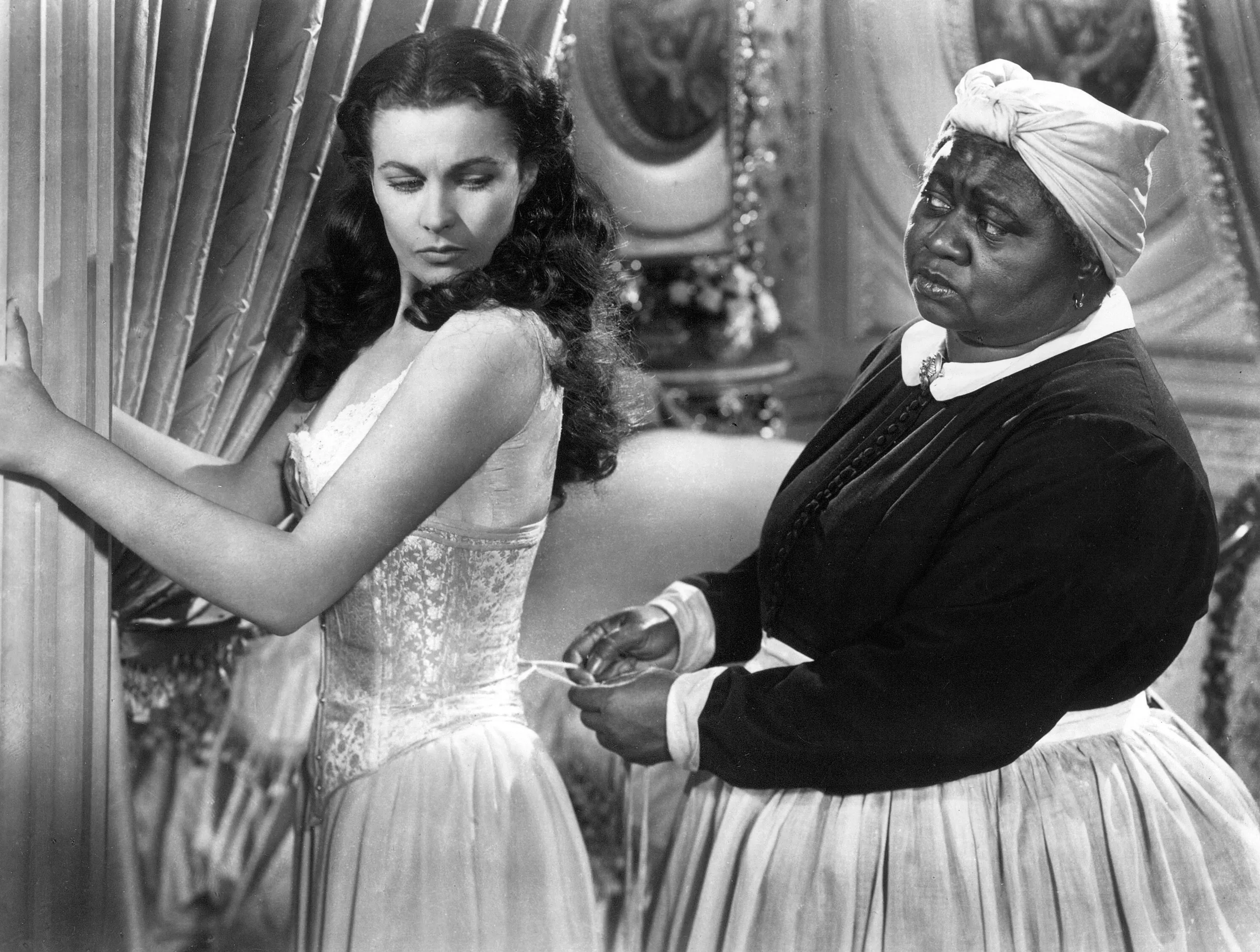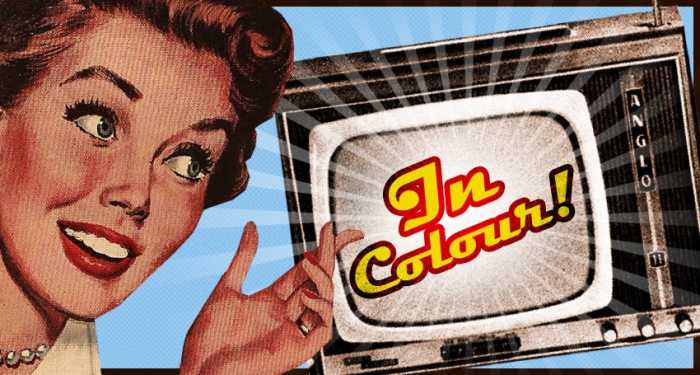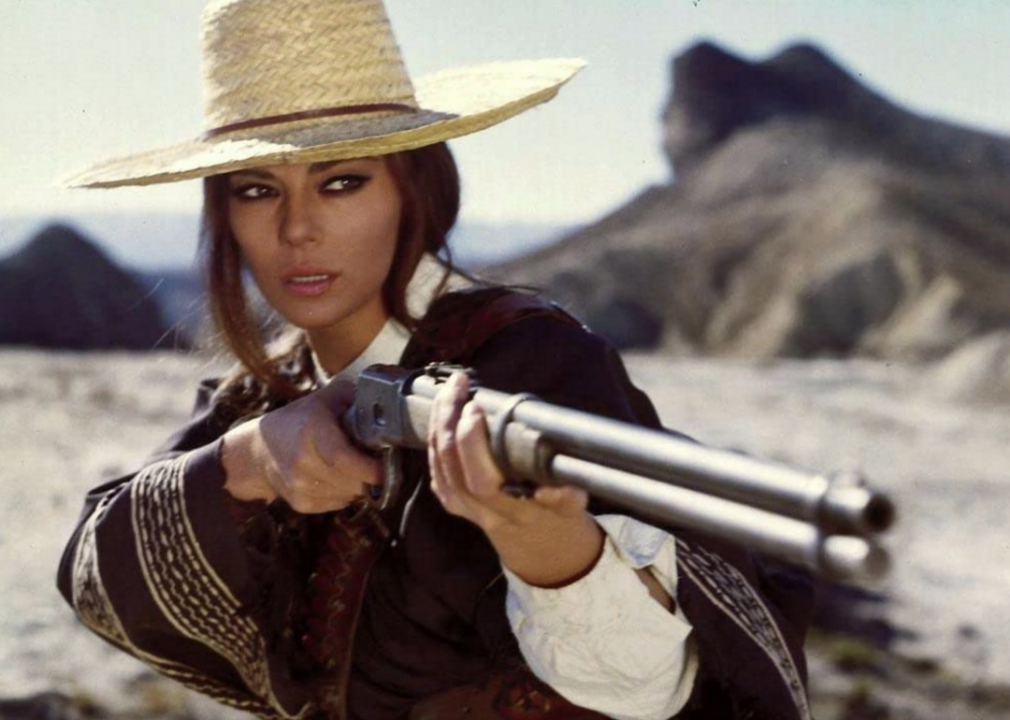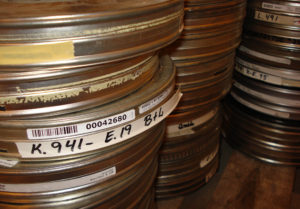
Classic Hollywood films have left an indelible mark on the history of cinema, enchanting audiences with their timeless stories, iconic stars, and unforgettable performances. However, the passage of time has taken a toll on many of these masterpieces, causing deterioration and decay of the original film prints. In this blog, we delve into the fascinating world of film preservation and the tireless efforts to restore and safeguard the treasures of classic Hollywood for future generations.
Before the digital era, movies were primarily captured on celluloid film, a fragile and perishable medium. Unfortunately, the nitrate film stock used in early Hollywood productions was highly flammable and prone to decomposition, making it vulnerable to fire, chemical reactions, and deterioration over time. As a result, countless classic films faced the risk of being lost forever.
The importance of film preservation became apparent as the 20th century progressed, and the value of classic Hollywood films as cultural artifacts and historical documents was recognized. Preservationists and archivists embarked on a mission to safeguard these precious reels, employing various techniques to prolong the life of deteriorating films.
Restoring classic Hollywood films presents a host of challenges, as the original negatives and prints may be damaged, fragmented, or lost. A painstaking process, restoration requires a combination of artistry, science, and dedication to resurrect the films to their original glory. One of the primary challenges is sourcing the best possible elements, including original camera negatives or the earliest generation prints, to ensure the highest quality restoration.
Advancements in technology have revolutionized film restoration, enabling experts to employ sophisticated tools for scanning, cleaning, and digitally repairing damaged frames. Through high-resolution scanning and advanced digital restoration software, scratches, dust, and other imperfections can be painstakingly removed, recreating the film’s original appearance. Color grading techniques are also used to restore the film’s original color palette, providing a fresh viewing experience.
Film preservation is not limited to visuals alone. The restoration of the audio elements is equally vital. Audio engineers work diligently to clean, repair, and enhance soundtracks, ensuring that the dialogue, music, and sound effects are restored to their original quality.
The triumphs of film preservation are evident in the numerous classic Hollywood films that have been rescued from the brink of extinction. Restored prints of iconic movies, such as “Gone with the Wind,” “Casablanca,” and “The Wizard of Oz,” continue to mesmerize modern audiences, bridging the gap between generations and preserving the cultural heritage of cinema.
Thanks to the efforts of dedicated archivists and restoration specialists, classic Hollywood films have been preserved for future generations to appreciate and enjoy. Film archives, museums, and digital platforms have become invaluable repositories of cinematic history, offering access to restored classics that would have otherwise been lost to time.
Film preservation is an invaluable undertaking that safeguards the legacy of classic Hollywood films for posterity. Through the dedication of preservationists and advancements in technology, we can experience these cinematic treasures as they were meant to be seen and cherished. As film enthusiasts, let us celebrate and support the ongoing efforts to restore and preserve the magic of classic Hollywood, ensuring that these timeless works of art continue to inspire and captivate audiences for generations to come.
